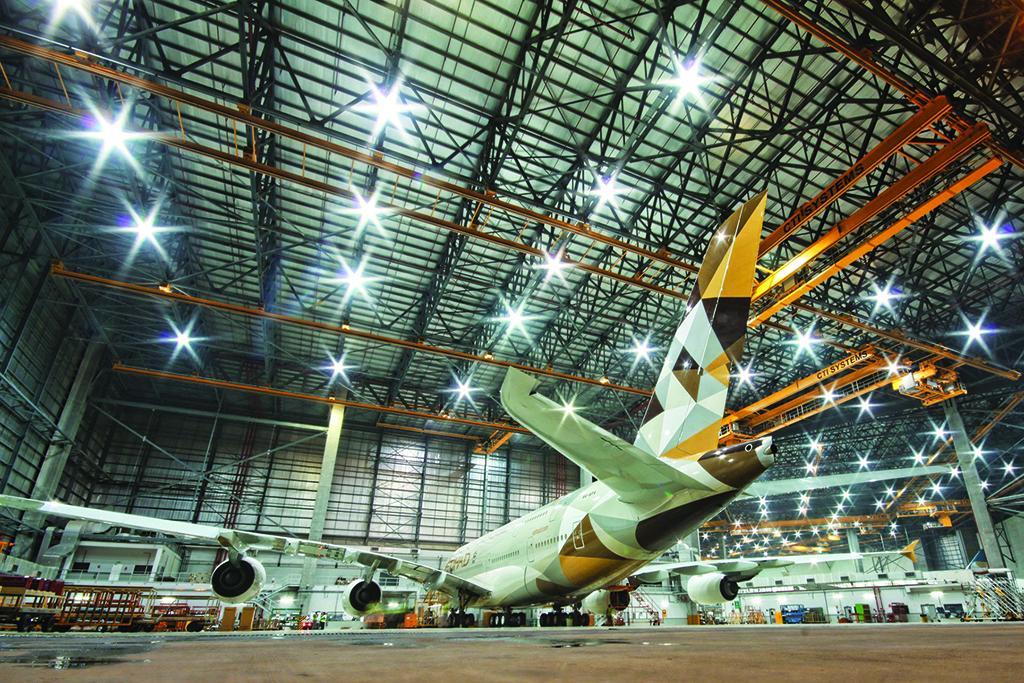
DUBAI--When it comes to implementing drone inspection, using virtual reality and launching 3D printing operations in their hangars, several airline and MRO leaders expressed interest, and caution, about emerging technology at Aviation Week’s MRO Middle East Summit.
Take drones, for instance. Etihad Airways Engineering has found drones “hold more value in managing overnight night checks,” where shaving off minutes is more important than for a D check, for instance, said Frederic Dupont, VP technical sales and customer support. “We love the technology,” but to derive the full benefit, a company needs to create the full value stream—from technology to analyze all of the drone images to processes to verify the findings.
Emirates Airlines trailed drones in its maintenance operation but could not consistently get a signal in its hangars, said Manzoor Banbhan, manager IFE and new technology. The airline found quick benefits from scanning a fuselage, but Banbhan cautioned that regulations and tech log issues are issues that still need to be worked out. However, Emirates SkyCargo’s operation has successfully used drones to inspect tall racks, which obviates the need for people having to get on forklifts.
Given composite aircraft have a higher tendency from lightning strike damage than metal ones, will this drive the need for more drone inspections, pointed out Richard Levin, managing director of A.J. Levin Co.
When it comes to implementing additive manufacturing, Dupont said Etihad Airways Engineering has two machines, used to produce some cabin parts, but cautioned that the machines so far are like cell phones, which can be obsolete in a few years. “It’s great technology but it’s not there yet,” to provide a significant cost advantage.
Emirates has had a “good experience” with 3D printing simple, non-stress bearing parts and has also found it helpful in negotiating with parts suppliers, says Banbhan.
Collins Aerospace has three centers of excellence for additive manufacturing but mainly uses its machines to print fixtures for inspections, said Brandon Keener, executive director, global repair strategy.
For virtual reality (VR), “we think there is huge potential for repairs,” said Ziad Al-Hazmi, Lufthansa Technik Middle East CEO. The MRO is already using VR for training and has found the visualization aspect to be very helpful.
Etihad Airways Engineering is evaluating VR for some key engineering modifications. A technician can wear the headset, make a measurement per the maintenance manual, and link to engineers who can verify the measurement or ask for a different one, which saves the technician from having to walk back and forth from the aircraft to the engineering team, said Dupont. However, Etihad has found the devices to be too heavy to wear all day so the tool has limits.
Collins has been focused on voice collection systems instead of VR. Keener said Collins tried the Honeywell application but is now trying one from Google.





